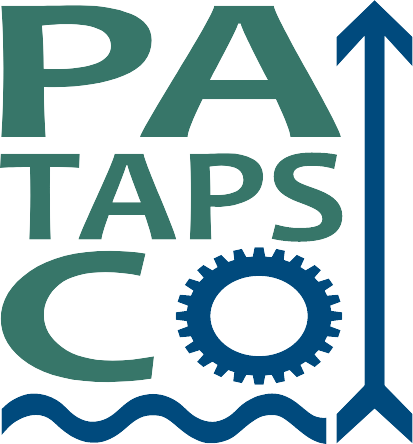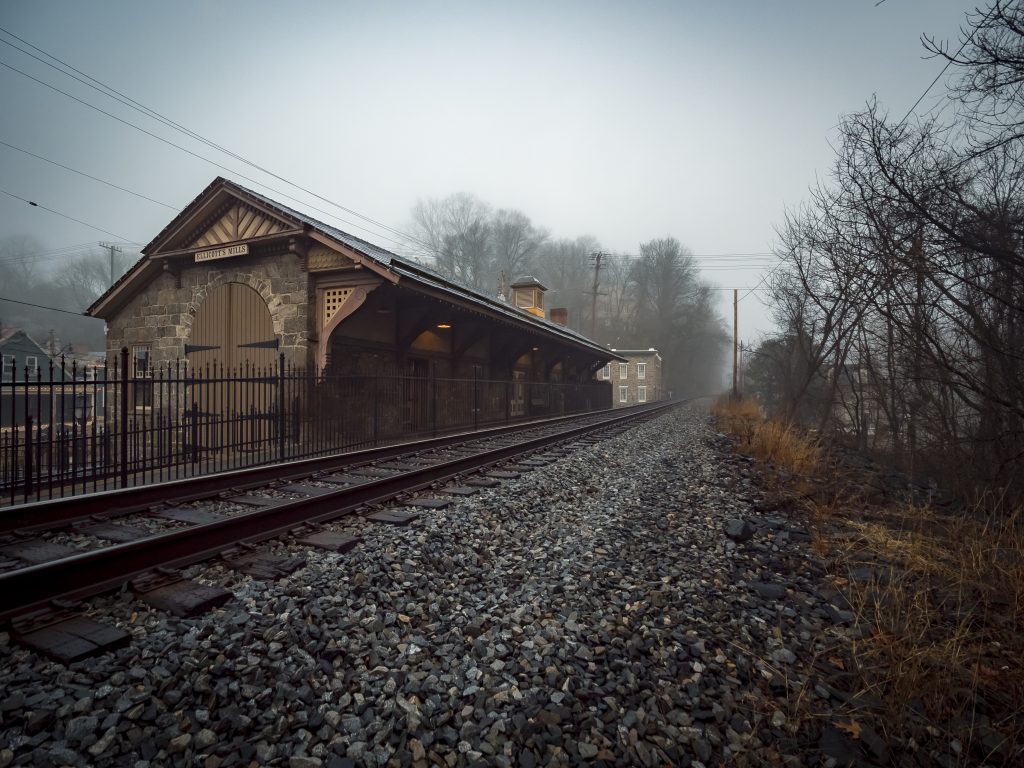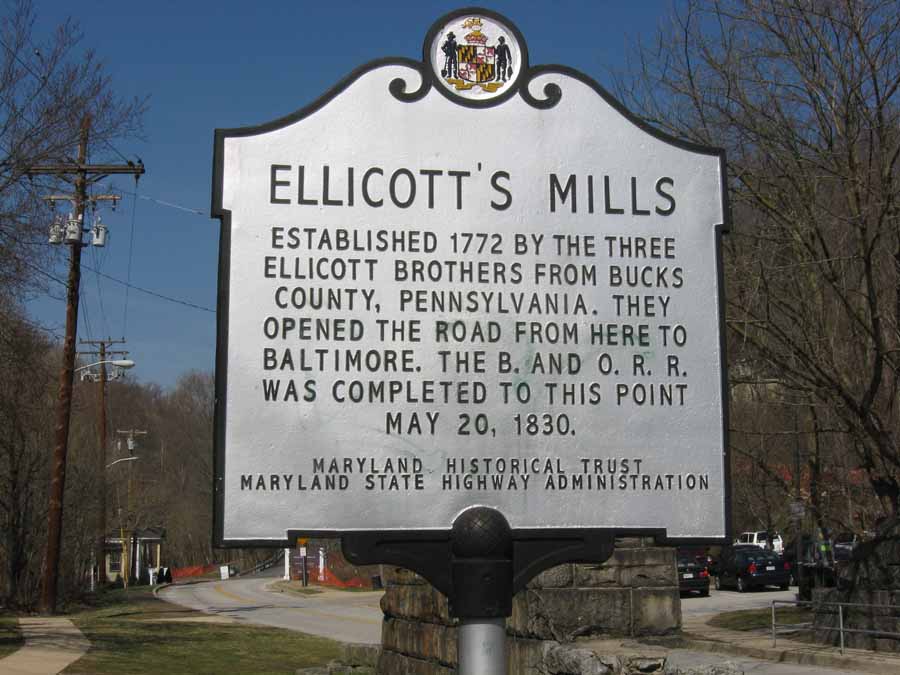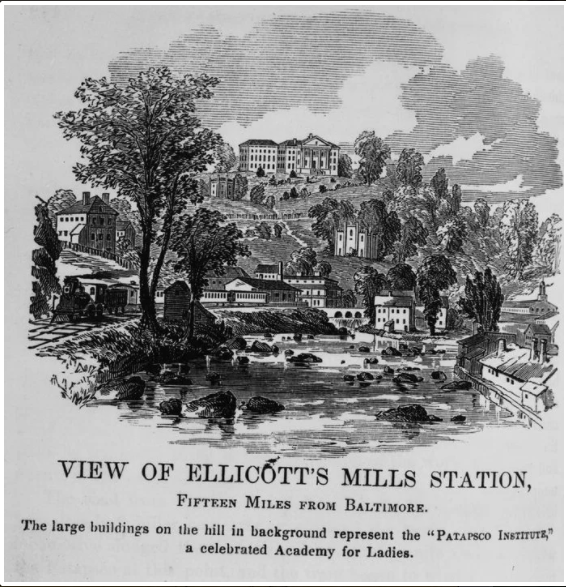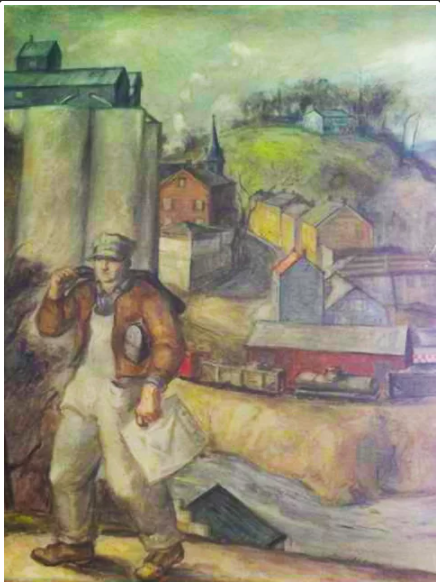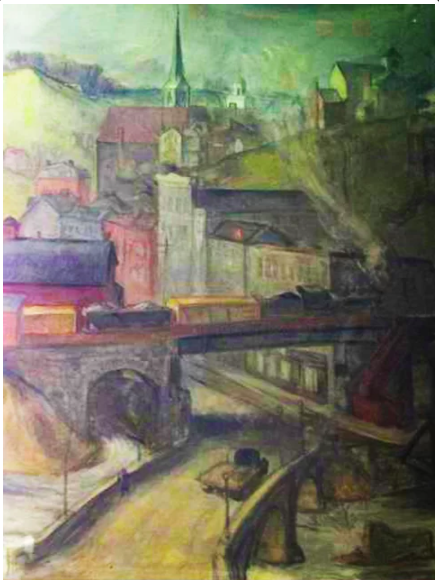Ellicott City
From 1770 to 1900, The Patapsco River provided a large portion of the power that fueled Maryland’s and the Nation’s Industrial Revolution. In the early 1770s, the Ellicotts (three Quaker brothers), were the first to harness the power of the mighty river to establish a grist mill in the vicinity of the town. Their pioneering spirit and enterprising nature set in motion what would become a large industrial empire within the Patapsco watershed.
Ellicott Mills
In 1772, Joseph, John, and Andrew Ellicott purchased land in two separate areas of the Patapsco Valley. The three brothers from Bucks County, Pennsylvania, established a sawmill, a granite quarry, a grist mill, various farms, and a small community that became known as the “lower” Ellicott Mills.
The Ellicott brothers were impressed with their foresight. They introduced the idea of using fertilizers to replace nutrients lost to the soil from growing tobacco. They encouraged grain production. They established roads, warehouses, mills, churches, and schools. They also established a mill further upstream on the Patapsco where another major road from the west crossed the Patapsco River on its way to the port of Baltimore. This site was called the “upper” Ellicott Mills.
Korean Way
Korean Way is a state-designated five-mile stretch on Route 40 in Ellicott City, Maryland. Named for the approximately 170 Korean-owned businesses in Howard County that are largely concentrated in this corridor, many offer authentic Korean cuisine, goods, services, and cultural and recreational activities.
Additional Information:
Valley Flooding
The Patapsco River has a long history of flooding. Nine Continental soldiers perished as they tried to cross the flooded Patapsco during the Revolutionary War. Numerous other floods are recorded. However, by far the most destructive flood in the Valley’s history occurred on July 1, 1868. On that day virtually, all of the mills and houses in the Valley were washed away. Of the nine major mill sites in the ten-mile section of the River around Ellicott City, four completely vanished, three were heavily damaged, and two would never again operate. A flood in 1972, resulting from Hurricane Agnes, removed almost all of the remaining evidence that the Valley had ever been a major industrial center.
-Architectural Preservation
The Patapsco Valley has a wide assortment of architectural styles. Examples of various period styles can be found from early period log homes to stately mansions. Forward-thinking organizations like the Ellicott City Restoration Foundation and Historic Ellicott City have helped to preserve the unique architecture within Ellicott City. The Catonsville Historical Society has helped identify unique homes within that community. In several cases, historic districts have been established because of the uniqueness of a group of properties. In other cases, a ship Captain or wealthy traveler has built a unique home patterned after a style observed in Europe or the East. Overall, the remaining communities within the Patapsco Valley have made an unusual effort to take on and preserve the character of their past.
Links:
EC250 (Ellicott City's Sestercentennial)-See EC250 Legacy Fund
